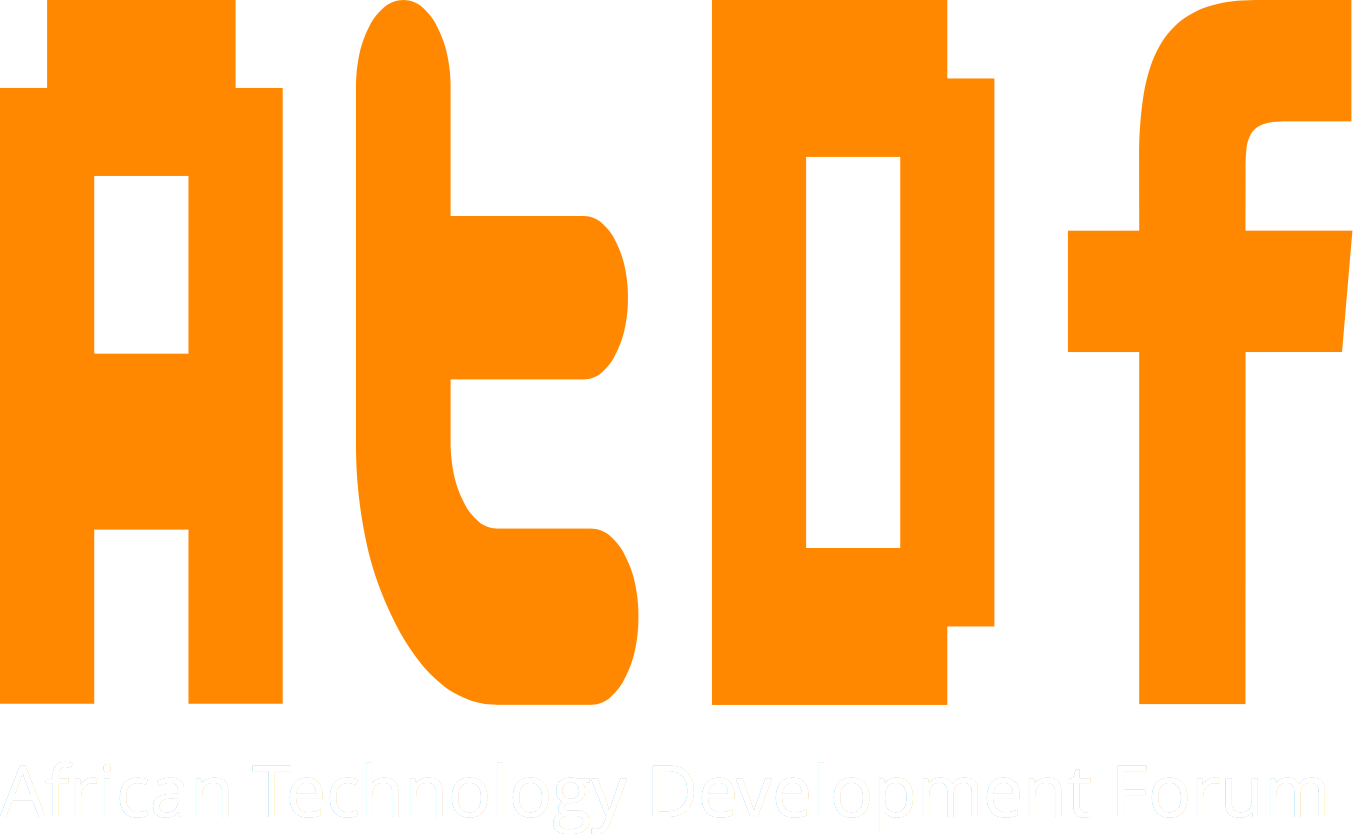
The typical Sub-Saharan African city grew at least 3-fold in area between 1990 and 2014[1], and the total urban population doubled over the same period. The region is already about 30% urban and the share of the population living in urban areas is expected to increase to 60%-70% by 2050[2].
This transition presents a major opportunity to leverage the economic productivity of cities to lift millions or hundreds of millions of people permanently out of poverty. Agglomeration economies at the city level could shift the economic profile of Africa from subsistence-based and agricultural to dynamic and export-oriented. But many cities in Africa are struggling with the spatial planning implications of their growth. It is quite likely that the total land area of cities in the region will increase five-fold by 2050[3]. If these cities are to be productive, inclusive, and sustainable, these newly built areas must be properly planned.
Many cities in Africa are struggling with the spatial planning implications of their growth.
The current state of affairs is rather dismal. A recent study[4] of eighteen Sub-Saharan African cities showed that only 22% of the residential areas developed between 1990 and 2014 were planned in advance of the occupation of the land. The remainder of the growth – 78% – consisted of atomistic or informal settlements. Cities have also failed to set aside land for streets and boulevards, with only 16.5% of the total built-up area in this use. Most critically, 43% of newly developed areas lack access to wide arterial roads that connect different areas of the city.
Many of these cities have existing urban plans, but these plans are not having a meaningful impact on the ground. This failure to tie the city planning process to the city building process inevitably makes it more difficult to integrate the newly built areas of cities, impeding the formation of agglomeration economies and slowing economic growth.
The Government of Ethiopia is working to change that. The Ethiopian Ministry of Urban Development and Construction (MUDC) partnered with New York University in July 2013 to create the Ethiopia Urban Expansion Initiative. This program is currently supporting eighteen medium-sized, rapidly growing cities in the creation and implementation of 30-year growth plans. The goal is simple – to leverage orderly urbanization to spark widespread economic growth. [5]
The program relies on an empowering and locally driven methodology called “Making Room for Urban Expansion,” largely developed by Dr. Shlomo Angel. Plans are developed and implemented by local officials, including mayors, economists, and planners, with support from the national government and periodic visits by NYU consultants.
Cities focus on four steps when making their plans:
1) Creating accurate maps that project future growth;
2) Implementing generous municipal boundaries to create an expansion area that reflects those projections;
3) Designing and securing a network of arterial roads, spaced 1km apart, to service the expansion area; and
4) Designating and securing a hierarchy of public open spaces that will protect environmentally sensitive areas as the city expands.
Work is in advanced stages in four Ethiopian cities – Hawassa, Adama, Mekele and Bahir Dar. Land for arterial grids and public open spaces have largely been secured, and construction of over one hundred kilometers of arterial roads has taken place, opening up vast new lands on the peripheries of these cities.
The average cost of an initiative in a city is on the order of a few million dollars, with the purchase of land estimated to consume 25% to 50% of total capital spending for about five years. The majority of the funding for securing the land has come from municipal budgets, with additional support from the regional MUDC bureaus. Actual road construction is being financed through revenues derived from the leasing of new urban parcels.
Mayors recognize that the cost of making adequate preparations for growth is much lower than the cost of retrofitting poorly designed areas.
The success of the Ethiopian Urban Expansion Initiative lies in empowering local officials to use public lands to organize the layouts of their rapidly growing cities. An orderly network of streets and roads and a hierarchy of public open spaces will ensure that even informal developments are part of a framework that will facilitate future normalization and servicing. Mayors recognize that the cost of making adequate preparations for growth is much lower than the cost of retrofitting poorly designed areas.
An advanced initiative is also underway in Colombia and similar projects have been explored or are in beginning stages in India, China, Myanmar, Indonesia, Rwanda, Vietnam, Mexico, and Ecuador. This new methodology offers hope for governments with scarce resources and limited capacity by offering a way to accommodate their coming millions in cities that are productive, equitable, and sustainable.
References
[1] From an upcoming study: The Atlas of Urban Expansion, 2015 Edition. Jointly undertaken by NYU, UN-HABITAT, and the Lincoln Institute of Land Policy.
[2] UN Population Division: World Urbanization Prospects 2014 Edition.
[3] Atlas of Urban Expansion, 2015 Edition.
[4] From an upcoming study: Monitoring Global Urban Expansion Phase II: The Quality of Global Urban Layouts. Jointly undertaken by NYU and UN-HABITAT with primary research conducted at the India Urban Expansion Observatory.
[5] For more information on the Ethiopia Urban Expansion Initiative, a working paper entitled Making Room for Urban Expansion: The Ethiopia Urban Expansion Initiative is available at www.marroninstitute.org/workpapers
